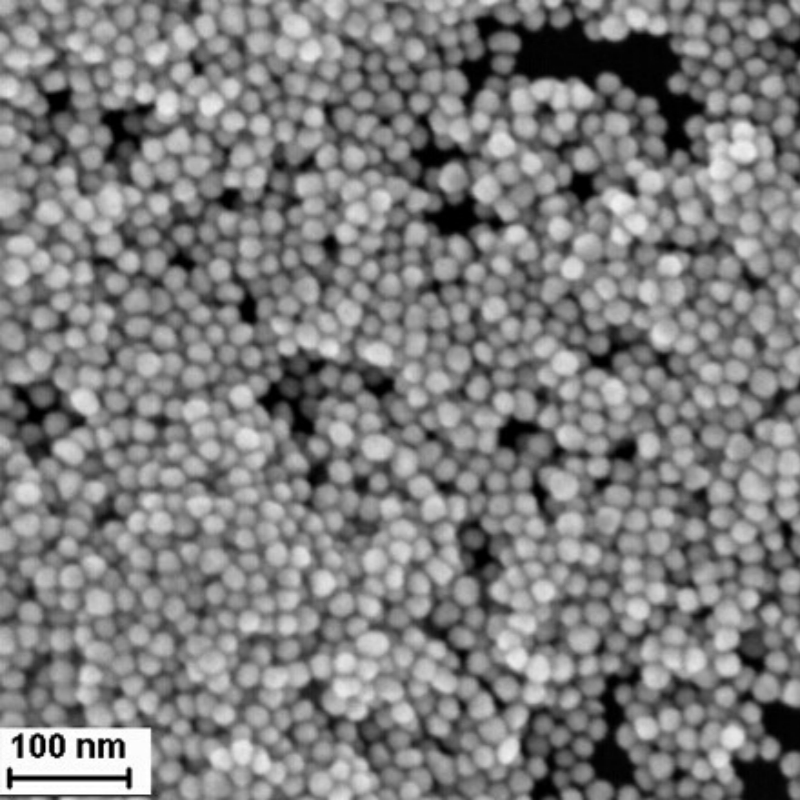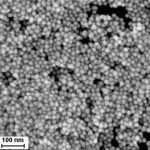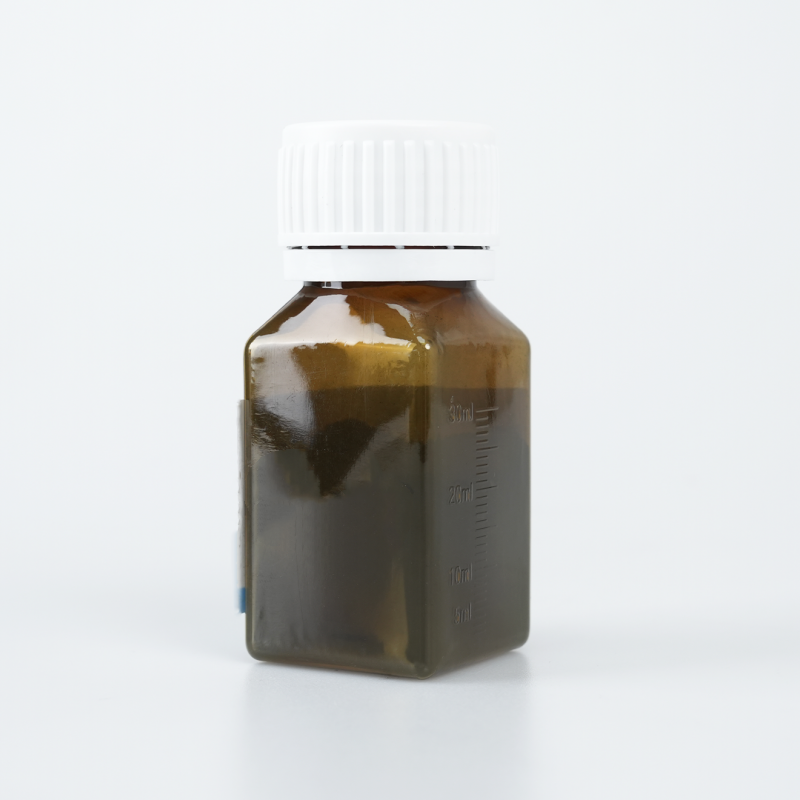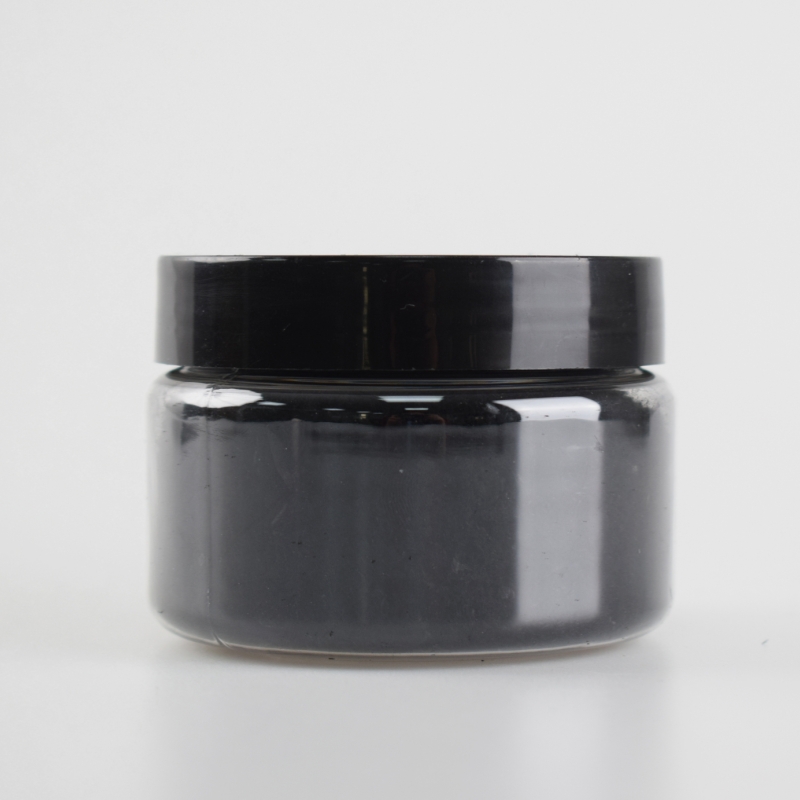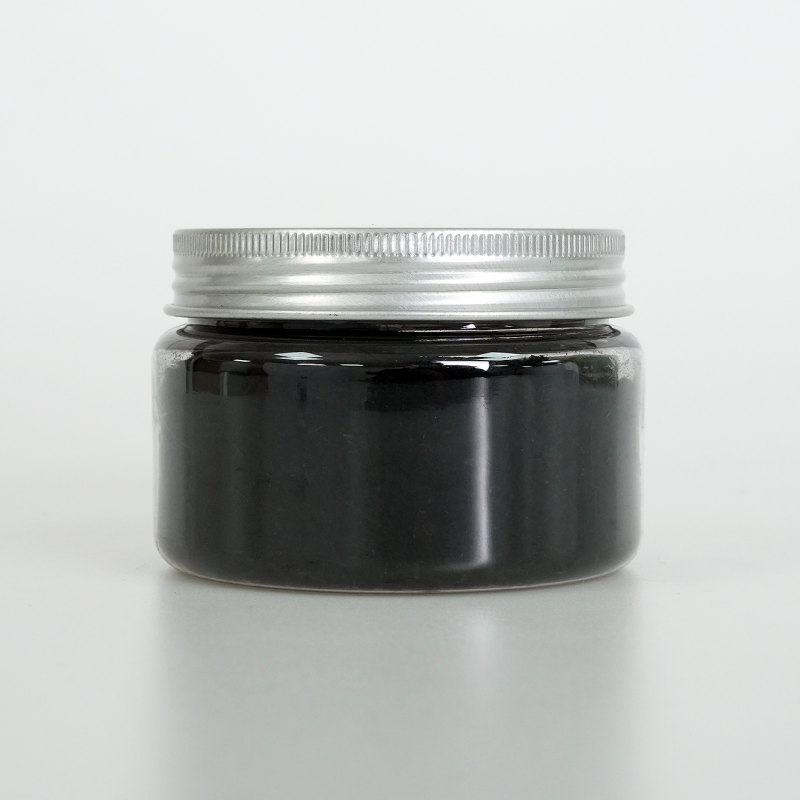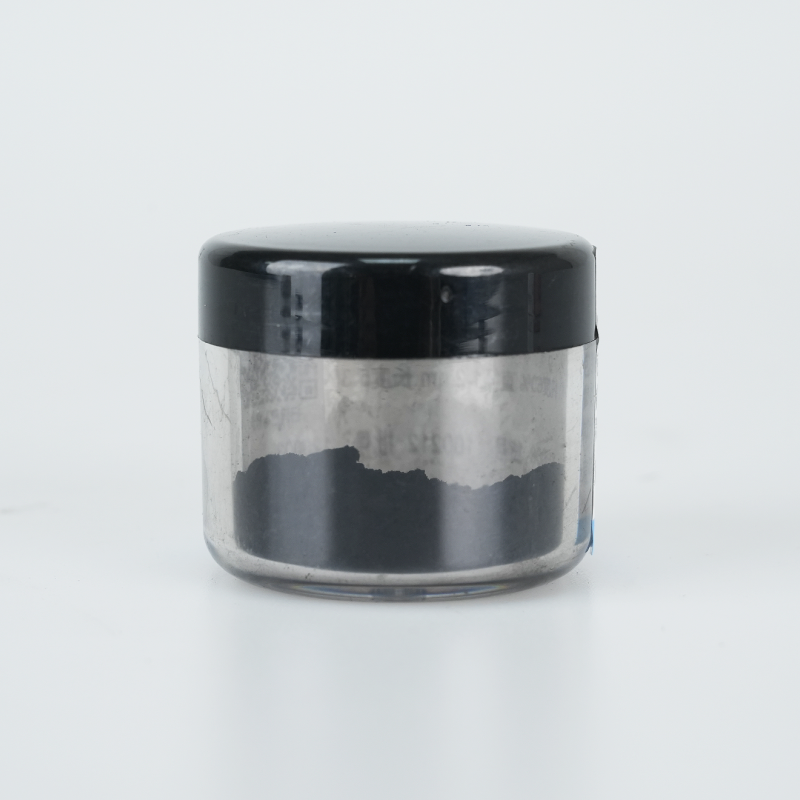PEGylated spherical gold nanoparticles provide optimized biocompatibility, superior plasmonic properties, and enhanced dispersion stability. Designed for advanced applications, they ensure efficient material integration, extended durability, and high-performance adaptability.
Product Overview
PEGylated spherical gold nanoparticles are gold nanoparticles that have been modified with polyethylene glycol (PEG) molecules. This modification significantly enhances their biocompatibility, stability, and dispersibility. The nanoparticles are also easily functionalized for further chemical modifications or conjugations, making them an excellent platform for applications in drug delivery, tumor therapy, and immune analysis.
Features
- Good Stability: PEG modification improves the dispersion stability of the nanoparticles, preventing aggregation.
- Enhanced Hydrophilicity: PEGylation makes the gold nanoparticles more hydrophilic, enhancing their dispersibility in aqueous environments.
- Biocompatibility: The PEGylation significantly reduces the toxicity and immune response of the nanoparticles, making them ideal for biomedical applications.
- Flexible Functionalization: The surface can be easily modified with different functional groups (e.g., carboxyl, amine, or methoxy groups), providing flexibility for diverse experimental needs.
Applications
- Drug Delivery: As drug carriers, PEGylated gold nanoparticles enable targeted drug delivery and controlled release, improving therapeutic efficacy.
- Tumor Therapy: Used in combination with photothermal and photodynamic therapies, PEGylated gold nanoparticles play a critical role in cancer treatment.
- Immune Analysis: Involved in immune detection and biomarker analysis, enhancing sensitivity and accuracy in immunoassays.
- Molecular Diagnostics: These nanoparticles can be used to detect and analyze specific biomolecules, making them widely applicable in molecular diagnostics.
| Technical Parameter | Description |
| Optical Density | 1/cm |
| Diameter | 50 nm |
| Mass Concentration | 50μg/mL |
| Remarks | The UV absorption peak is based on test results in aqueous phase; due to different dielectric constants, the results may vary after PEGylation; carboxyl groups are typically at the terminal. |
 new material
new material

